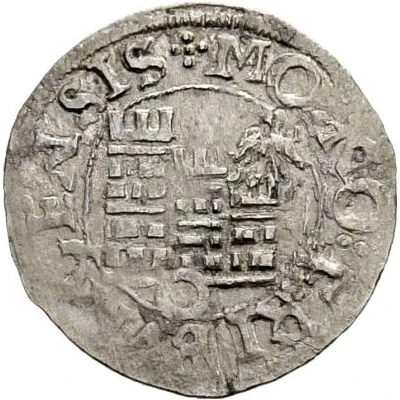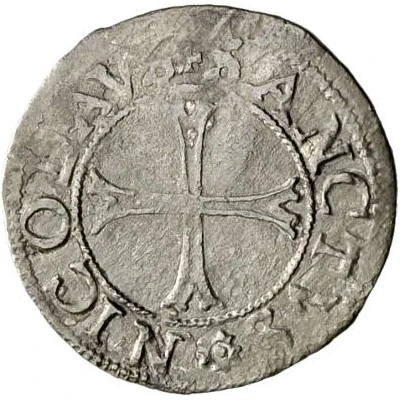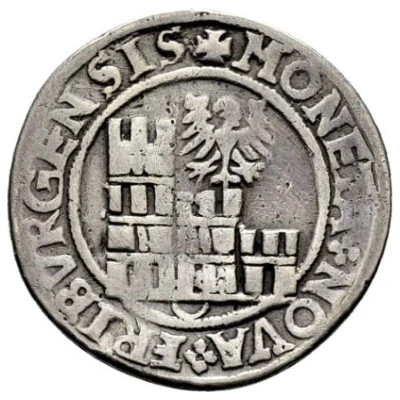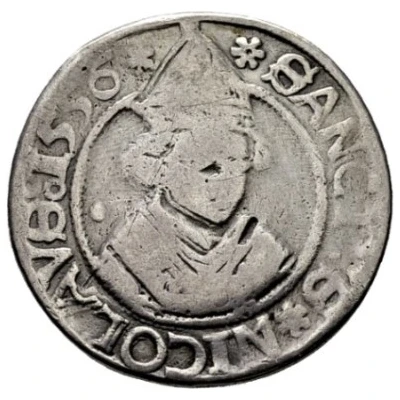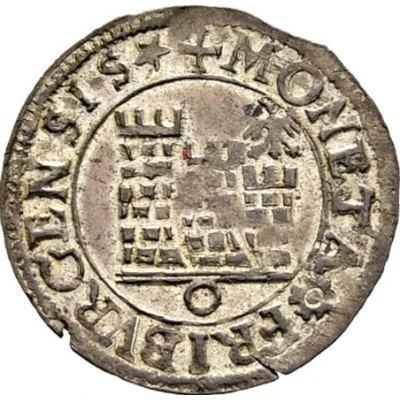
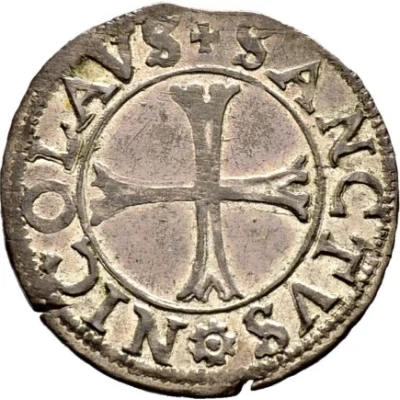

© Sincona AG
Batzen
| Billon | 2.2 g | 26 mm |
| Issuer | City of Fribourg |
|---|---|
| Period | Free city |
| Type | Standard circulation coin |
| Years | 1618-1619 (1601-1619) |
| Value | 1 Batzen (1⁄14) |
| Currency | Guldiner (1530-1619) |
| Composition | Billon |
| Weight | 2.2 g |
| Diameter | 26 mm |
| Shape | Round |
| Demonetized | Yes |
| Updated | 2024-10-07 |
| Numista | N#102242 |
|---|---|
| Rarity index | 100% |
Reverse
Cross within circle.
Script: Latin
Lettering: +SANCTVS*NICOLAVS
Comment
HMZ 2-268a; Obv: Large tower left, Rev: No decorationsHMZ 2-268b; Obv: Large tower left, Rev: Cross with decorations in angles.
HMZ 2-268c; Obv: Large tower right, Rev: Cross with decorations in angles.
Example of 2-268c:
© Image courtesy of Sincona AG
Actual years of mintage for undated coins are unknown. The range listed below is a best guess.
Interesting fact
The Batzen coin from the City of Fribourg, minted between 1618 and 1619, is interesting because it was made of Billon, a metal alloy that was commonly used in the production of coins during that time period. Billon is a combination of silver and copper, and it was valued for its durability and resistance to wear and tear. The fact that the Batzen coin was made of Billon suggests that it was intended for everyday use and circulation, and that it was designed to withstand the rigors of frequent handling and transactions. Additionally, the fact that the coin weighs 2.2 grams suggests that it was a relatively small denomination, making it accessible to a wide range of people in the community.
